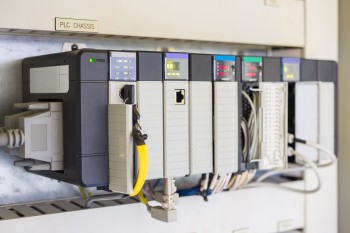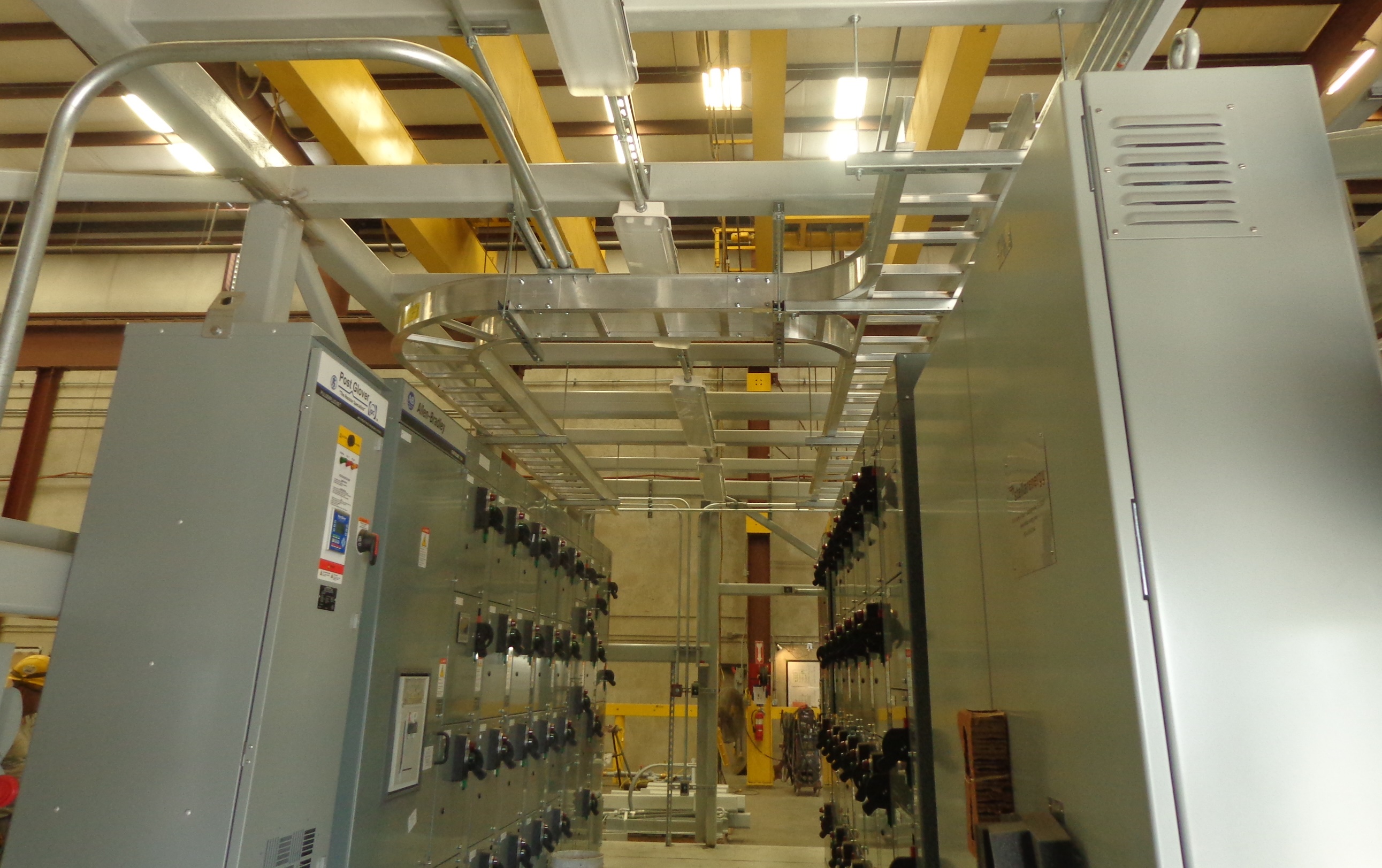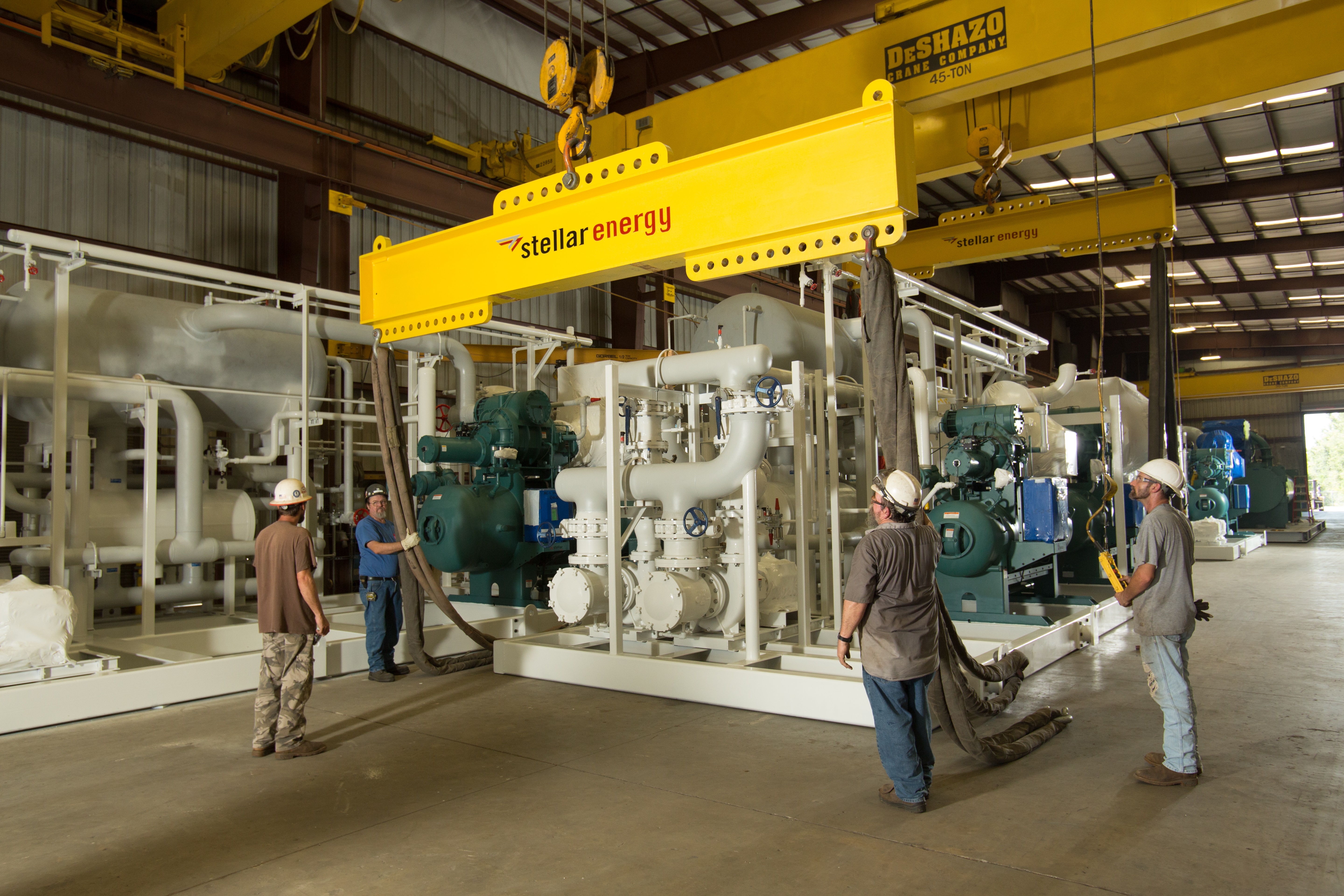As the true work horses of a TIAC system, chillers are very good at moving the heat from the process water system to the heat rejection system in very large quantities as long as the variables of the process water and heat rejections systems stay within the design limits of the chillers. If these variables venture outside the design limits, the chillers can experience a condition called surge which can cause damage to the chiller’s compressor.















